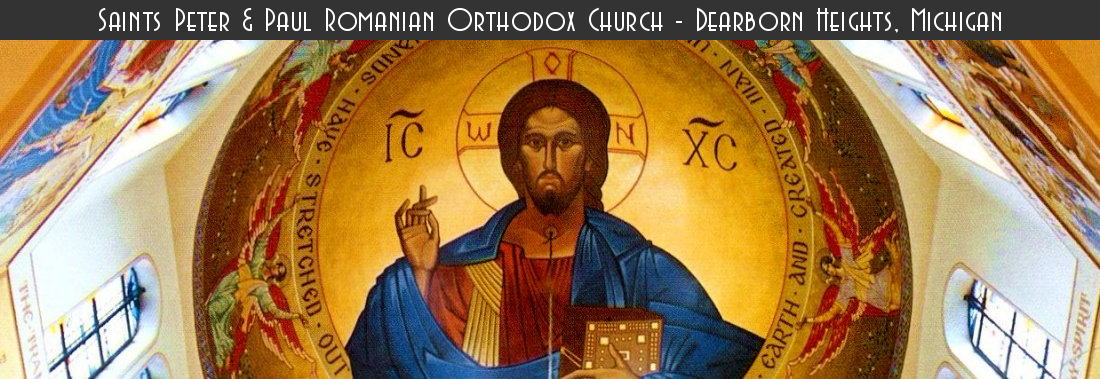From the Parish Priest – Fr. Romey Rosco
What we know as “Halloween” is, in fact, a product of the Dark Ages (a period that spans roughly from the fall of the Roman Empire, 5th century, to the Renaissance, 15th century) when costumes and masks were worn on the eve of All Saints Day to confuse the “evil spirits” and a variety of characters (witches, goblins, ghosts, living skeletons, etc.). Such dark revelry was common in Western Europe in those dismal times for an evening that was, centuries earlier in the West, and concurrently in the East, observed with dignity and respect for the dead, not ghoulish mockery and fright.
The grisly truth is that Halloween has its roots in the Celtic lands of Gaul (northern France) and the British Isles with the Druids (an ancient pagan priesthood that worshipped the sun god with human sacrifices, usually infants). They believed that their sun god died on October 31st, and a festival (called Samrain) was celebrated yearly in the hope that such sacrifices would bring the sun god back to them as they opened the gates for the dead to re-enter the world by their celebration. This is not just history. Samrain is still celebrated by modern-day pagans, especially those of the Wicca religion, with its adherents in America and throughout the western world.
Halloween was actually forbidden by our founding fathers. In fact, it was not celebrated until the 1900’s when Irish immigrants brought it over. It is the devil’s work that such foolishness continues to this day, becoming a holiday on par with Christmas in its celebration and, perhaps, surpassing Pascha (Easter) in its observance by American Christians, even entering into the social calendars of some of our own Orthodox churches. St. Paul says “You cannot be partakers of the Lord’s Table, and of the table of devils.” (1 Corinthians 10:21) So, how did this pagan celebration become attached to a holy day of the Church?
In the early Christian Church (the Orthodox Church), a calendar of saints and martyrs was established, and each day of the year had at least several saints to be commemorated. St. John Chrysostom (+407) was among the first to write about the “Sunday of All Saints” being observed on the first Sunday after Pentecost, commemorating those saints known only to God. To this day, the Orthodox Church still has this observance on the first Sunday after Pentecost, seven weeks after Pascha.
In the west, this date was probably initially used, then changed to May 13, then to November 1st at the time of Pope Gregory (+741), perhaps in an effort to overshadow the pagan holiday, calling it “All Hallows Eve” (“hallow” means saint or holy). Poor people would go house-to-house begging for “soul cakes” and upon receiving these doughnuts, they would agree to pray for departed souls. But as time went on, the evil aspect of the day took over again, eventually aligning itself with the “evils of the day,” and in our day that would be Dracula, vampires, then Freddy Kruger and even worse.
We can be thankful that our Holy Orthodox Church continues to hold respect for dearly departed. Our annual observance of All Saints Sunday is a dignified observance without the un-Christian and evil attachments of the western observance. But as Orthodox Christians, we must teach our children not to participate in the misguided practices of others. Evil is evil, and we must have no part in it!
American culture, for all its wonderful aspects has, nevertheless, absorbed much that is bad for our souls – it is a free society. Therefore, it is incumbent upon us to choose and to cherish our Orthodox Christian beliefs as they were handed down to us, never diminishing their value, nor sharing in the contradictory practices of wavering cultures and religions.
From The Weekly Bulletin, Vol. XXXVII No. 44, 31 October 2010
Sts. Peter & Paul Romanian Orthodox Church, Dearborn Heights MI


